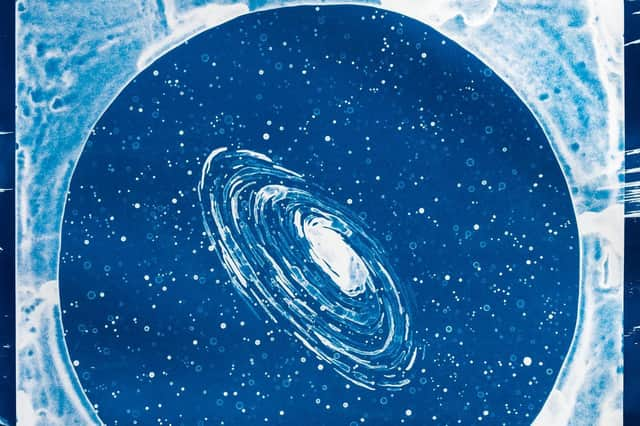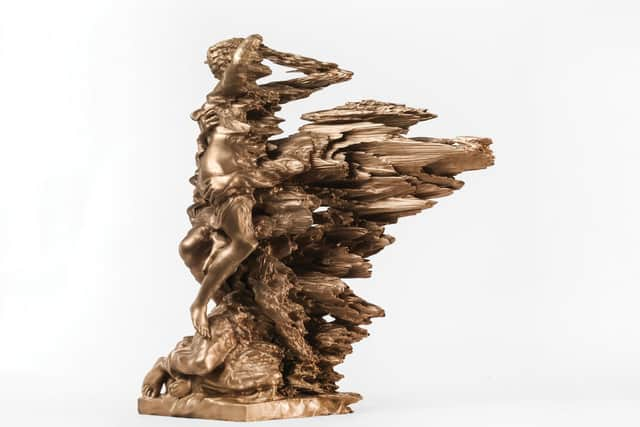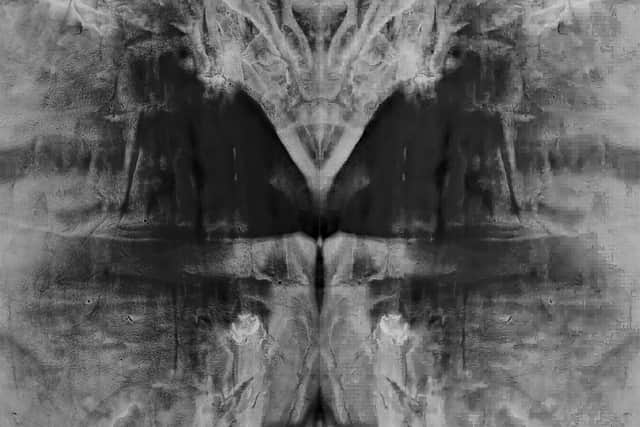New exhibition in Leeds explores how artists have looked to the stars for inspiration


Human beings have been fascinated by outer space from the earliest times and artists have been depicting the stars since the first ancient civilisations.
A new exhibition which opened this week at the Stanley & Audrey Burton Gallery, University of Leeds, shines a light on contemporary artists who are using and challenging the latest technologies for space imaging in their art practice.
Advertisement
Hide AdAdvertisement
Hide AdSeeing Stars is guest curated by Hondartza Fraga and the show explores humanity’s long-held fascination with the wonders of the universe, posing the question: has modern science, through its ability to explain the unexplainable, somehow diminished the power of human imagination?


“In a way the show is about trying to reclaim that sense of wonder,” says Fraga, who is an artist herself and a PhD student at Leeds University’s School of Design. “I want to revisit old ideas and look at them with fresh eyes. Lots of the early astronomers were also artists. They were making observations and there was less of a boundary between astronomy, art and science. Today it is very rare that an astronomer will sit down at a telescope – it is more likely to be a computer. We almost have too much information.”
The show features around 30 works by 15 contemporary artists selected by Fraga whose own work Saturn and Melancholy (Diptych) will also be on display for the first time. “The work is by many of the artists I have been reviewing in my research and who I have admired for a long time,” she says. “There are drawings, serial works and a lot of fragmentation relating to the idea of nothing being complete and absolute. The theme of fragmentation is very prominent and runs through the work in lots of different ways.” The artworks on display are embracing imperfection and incompleteness, deliberately blurring the lines between fact and fiction.
“The show is asking more questions than giving answers,” says Fraga. “The advances in technology mean that we are used to seeing ‘perfect’ images of space but those images are usually careful constructions, composed of many pictures.”
Advertisement
Hide AdAdvertisement
Hide AdHighlights of the exhibition include Lia Halloran’s series of prints entitled Your Body is a Space that Sees which uses historical imagery to trace contributions of women in astronomy from antiquity to the modern day drawing on the accounts of Hypatia of Alexandria and the work of a group of women at Harvard University in the late 19th century known as Pickering’s Harem or the Harvard Computers.


As part of the exhibition the University also commissioned a series of creative engagement workshops with local refugees and asylum seekers which explored the show’s themes looking at art, science, philosophy, fantasy and history through the lens of experimental photography. A digital selection of the work they produced and a publication is on display in the gallery.
“Imagination is limitless and we have been ‘visiting’ those stars and planets long before we had the technology to see them,” says Fraga. “Art feels like it needs to rely on science in order to have some value and the show is trying to reclaim the value of not having to be completely accurate. Art offers a different kind of truth.”
Seeing Stars, Stanley & Audrey Burton Gallery, University of Leeds until July 30. Free and open to all.